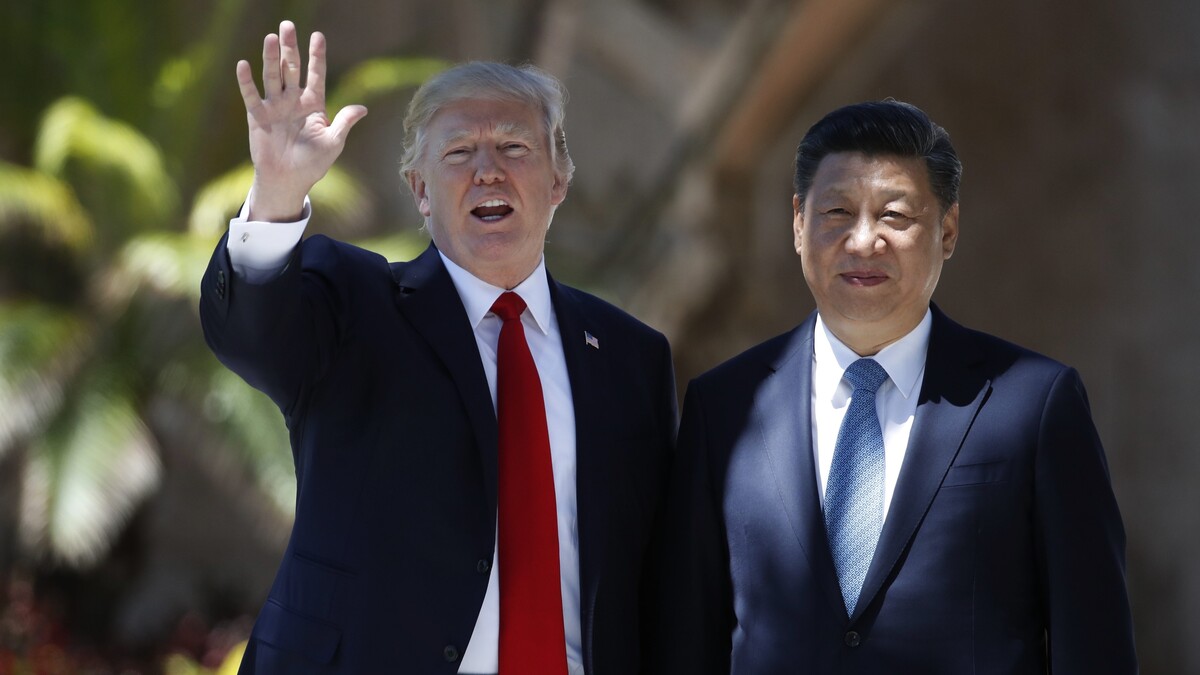Published 09 January 2020 | 6 minute read
The world of international trade is unlikely to be any less turbulent in 2020 than it was in 2019. While the US-China trade war will continue to dominate most headlines, three other important trade issues will play out over the course of the year.
1. The crumbling consensus on “free trade” is resulting in trade agreements geared towards specific commercial and economic outcomes.
For most of the post-WWII era, trade negotiations (multilateral, bilateral, or regional) have been conducted with a simple underlying objective: to reduce or eliminate barriers and restrictions which impede the flow of trade and investment across borders. This objective was based on the widely held conventional wisdom that “free” or “freer” trade would be beneficial for countries, both individually and collectively.
Today, the traditional consensus in favor of free trade is breaking down, especially in the US. The reasons for this are manifold. The term “free trade” itself is loaded. There’s no common understanding of exactly what it means. Perhaps more importantly, there is now a recognition that “free trade” as expounded in the pages of academic papers and textbooks has never and will never exist. Indeed, the benefits of free trade described by classical economists such as David Ricardo were based on a number of conditions which bear no resemblance to the real world (fixed exchange rates, immobile capital, full employment, all countries at the same level of development, trade in static equilibrium, etc.)
There is also a growing recognition that the multilateral trade system that was established explicitly to pursue the goal of “free trade” can in practice be exploited and manipulated to tilt the playing field in favor of domestic interests at the expense of trade partners. A host of economic maladies in the US ranging from a hollowed-out manufacturing base to stagnant middle-class real wages are being correctly or incorrectly attributed to the perceived “tilted” playing field in trade.
As a consequence, there has been an increased belief in the US that the pursuit of traditional “free trade” is not an effective way to promote national economic interests. Continuing to play the game in the old way is seen as a fool’s errand.
This has led to a critical shift in the way the US approaches trade negotiations. It is no longer about the attainment of longstanding notions of “free trade”. It is instead about securing specific commercial and economic outcomes.
For instance, the automotive rule of origin in the renegotiated NAFTA agreement is transparently designed to shift more production to the US, and to discourage the use of inputs from Asia. The renegotiated (and significantly watered down) Investor-State Dispute Settlement provisions are designed to make US companies reconsider the wisdom of relocating facilities outside of the US. Steel and aluminum export caps were negotiated by the US with a number of trade partners in exchange for exemptions from US punitive tariffs placed on these products globally. And in terms of the Phase One trade agreement with China, the US has reportedly secured specific dollar value commitments from China for the purchase of US products.
While there are ample and legitimate reasons to be concerned about the new approach taken by the US, it is equally important to reflect on the shortcomings inherent in the current system which paved the way for this shift. Voluntary and cooperative institutions (such as the multilateral trade system) are only sustainable if they maintain the confidence of the participants. Once confidence breaks down, the foundations start to teeter – as we are witnessing today. The current US approach – whether one agrees or disagrees with it – is simply a reflection of faltering confidence in the ability of the current trade system to sufficiently deliver mutually acceptable and mutually beneficial outcomes.
As 2020 unfolds, keep your eye on whether confidence in the trade system can be restored, or if more countries will begin to follow the US lead.
2. Sustainability will continue to grow in importance, but trade agreements will struggle to meaningfully address sustainability issues.
There is – fortunately – an increasing recognition that although trade is an essential ingredient in economic development, it cannot be sustainably pursued unless it generates balanced economic growth and includes an equivalent commitment to strengthening social capital and environmental stewardship.
The desire to ensure that trade is conducted sustainably has led to more expansive and ambitious labor and environmental provisions in free trade agreements. While the sentiment behind these provisions is laudable, a word of caution is in order. Given the complex range of entirely non-trade related factors that underpin labor and environmental realties in most countries, there are limits to what we can expect trade agreements to accomplish in these spheres.
We know, for example, that bad actors have a variety of hard-to-detect and nefarious tactics at their disposal to rig the outcome of ostensibly “free and open” labor union elections. We should have no illusions that a trade agreement would ever be capable of fully preventing such abuses.
Including impractical and unenforceable labor and environmental provisions in trade agreements might be symbolically satisfying, but over the longer term they will only breed cynicism about trade agreements as it becomes evident that lofty objectives cannot always be fully enforced or achieved.
And if enforcement provisions unreasonably over-step national sovereignty, many countries will understandably back away from otherwise beneficial agreements. We’ve seen for example that the US, Mexico, and Canada Agreement (USMCA) was almost derailed at the last minute when the Mexican government raised concerns over the potential intrusiveness of enforcement mechanisms for the agreement’s ambitious labor provisions. We seem to be getting close to the “red line”.
Civil societies, empowered by social media, are demanding greater sustainability in trade agreements, especially those between developed and developing countries. Political leaders, and their designated trade representatives, are right to respond to these pressures. The challenge however is to address sustainability concerns in ways that are smart and effective rather than symbolic and ultimately counterproductive.
Here’s an important question to keep your eye during 2020: Will the well-intentioned desire for greater sustainability result in unrealistically ambitious trade provisions that are impossible to implement, monitor, and enforce? If so, the process of negotiating and ratifying trade agreements will become considerably more arduous. Ironically, this would diminish access to trade and FDI – the most powerful engines for improving sustainability in less developed countries.
The path to greater trade sustainability lies in a serious commitment undertaken by both government and business within countries, along with technical assistance, capacity building, and openness to trade amongst countries. To get an idea which countries in the region are doing the best job in ensuring trade sustainability, look for the upcoming 2020 edition of the Hinrich Foundation Sustainable Trade Index.
3. Technology will drive – and complicate – trade relations to an extent we have not seen before.
Advances in technology are complicating trade in at least two distinct ways. First, an increasing portion of trade has now become digital rather than physical. In the past, when we thought about trade, most of us conjured images of huge cargo ships crisscrossing oceans. Today, trade increasingly refers to things like digital software downloads. In fact, the McKinsey Global Institute estimates that cross border data flows now contribute more to global GDP growth than trade in physical goods, while trade in goods has been essentially flat for more than a decade.
Yet, most of the trade rules we have in place were designed with physical goods in mind. These rules are inadequate or inappropriate to manage the realities of how trade is increasingly being conducted today.
Technology is also complicating trade governance through the growing prevalence of dual use technologies — that is, technologies which have both civilian and military applications. This means that an increasing number of everyday consumer products, ranging from family automobiles, to video games and weather apps, contain technologies with potential military usages.
Under international trade rules, WTO members (and before that, GATT members) have traditionally been given fairly wide berth to take trade actions and put trade restrictions in place in response to national security considerations. Until now, this has largely been a non-issue as it has impacted a minuscule portion of trade.
The increasing prevalence of dual-use technology has brought these issues to the forefront and raised questions without easy answers.
Where is the dividing line between legitimate national security concerns and disguised protectionist measures put in place under the pretext of national security? To what degree should geopolitical considerations factor into the equation, or should we attempt to keep trade separate? And are all these issues and questions self-judging? We are nowhere near having a clear and codified consensus on these critical questions. Worse yet, given the complexities, we might never get there. And as more and more products become “smart”, an increasing portion of trade will be impacted – and potentially distorted — by these ambiguities.
Don’t expect any major breakthroughs in 2020. Meaningfully addressing the trade governance challenges created by today’s new technological realities will require considerably more than one year. Keep your eye instead on whether the key trading nations seem content to try to retrofit outdated merchandise trade rules and gloss-over the glaring deficiencies in how we govern trade in products with strategic implications.
In 2020, we need fresh thinking and a willingness to reconceptualize how we manage trade that has been revolutionized by technology, otherwise we should expect digital and technology-related trade to become an increasing source of friction and dispute.
© The Hinrich Foundation. See our website Terms and conditions for our copyright and reprint policy. All statements of fact and the views, conclusions and recommendations expressed in this publication are the sole responsibility of the author(s).







